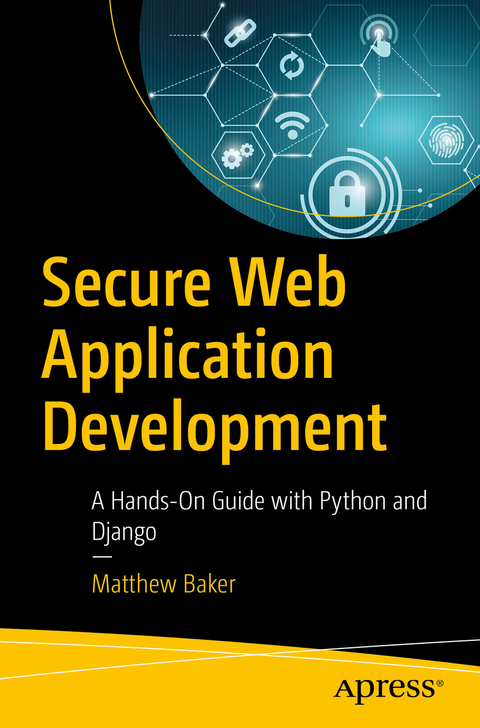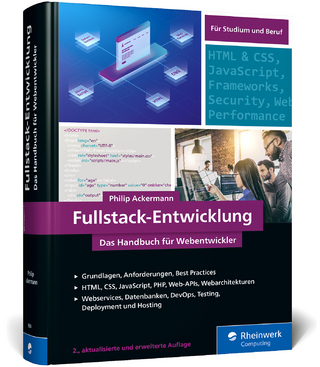
Secure Web Application Development
Apress (Verlag)
978-1-4842-8595-4 (ISBN)
The focus is highlighting how hackers attack applications along with a broad arsenal of defenses. This will enable you to pick appropriate techniques to close vulnerabilities while still providing users with their needed functionality.
Topics covered include:
A framework for deciding what needs to be protected and how strongly
Configuring services such as databases and web servers
Safe use of HTTP methods such as GET, POST, etc, cookies and use of HTTPS
Safe REST APIs
Server-side attacks and defenses such as injection and cross-site scripting
Client-side attacks and defenses such as cross-site request forgery
Security techniques such as CORS, CSP
Password management, authentication and authorization, including OAuth2
Best practices for dangerous operations such as password change and reset
Use of third-party components and supply chain security (Git, CI/CD etc)
What You'll Learn
Review the defenses that can used to prevent attacks
Model risks to better understand what to defend and how
Choose appropriate techniques to defend against attacks
Implement defenses in Python/Django applications
Who This Book Is For
Developers who already know how to build web applications but need to know more about security
Non-professional software engineers, such as scientists, who must develop web tools and want to make their algorithms available to a wider audience.
Engineers and managers who are responsible for their product/company technical security policy
Matthew Baker is the Head of Scientific Software and Data Management at ETH Zurich, Switzerland’s leading science and technology university, He leads a team of engineers developing custom software to support STEM research projects, as well as teaches computer science short courses. Having over 25 years of experience developing software, he has worked as a developer, systems administrator, project manager and consultant in various sectors from banking and insurance, science and engineering, to military intelligence.
1. Introduction.- 2. The Hands-On Environment.- 3. Threat Modelling.- 4. Transport and Encryption.- 5. Installing and Configuring Services.- 6. APIs and Endpoints.- 7. Cookies and User Input.- 8. Cross-Site Requests.- 9. Password Management.-10. Authentication and Authorization.- 11. OAuth2.- 12. Logging and Monitoring.- 13. Third-Party and Supply Chain Security.- 14. Further Resources.
| Erscheinungsdatum | 03.11.2022 |
|---|---|
| Zusatzinfo | 87 Illustrations, black and white; XXI, 462 p. 87 illus. |
| Verlagsort | Berkley |
| Sprache | englisch |
| Maße | 155 x 235 mm |
| Themenwelt | Mathematik / Informatik ► Informatik ► Programmiersprachen / -werkzeuge |
| Mathematik / Informatik ► Informatik ► Web / Internet | |
| Schlagworte | Attacks • authorisation techniques • Content Security Policy • CORS • Cross Site Scripting • Django • OAuth2 • Python • security • SQL Injection • Virtual machines • web applications |
| ISBN-10 | 1-4842-8595-6 / 1484285956 |
| ISBN-13 | 978-1-4842-8595-4 / 9781484285954 |
| Zustand | Neuware |
| Haben Sie eine Frage zum Produkt? |
aus dem Bereich


